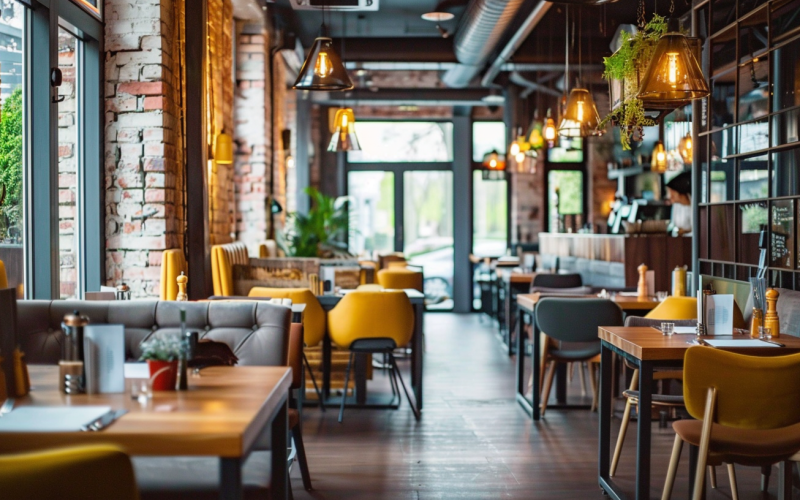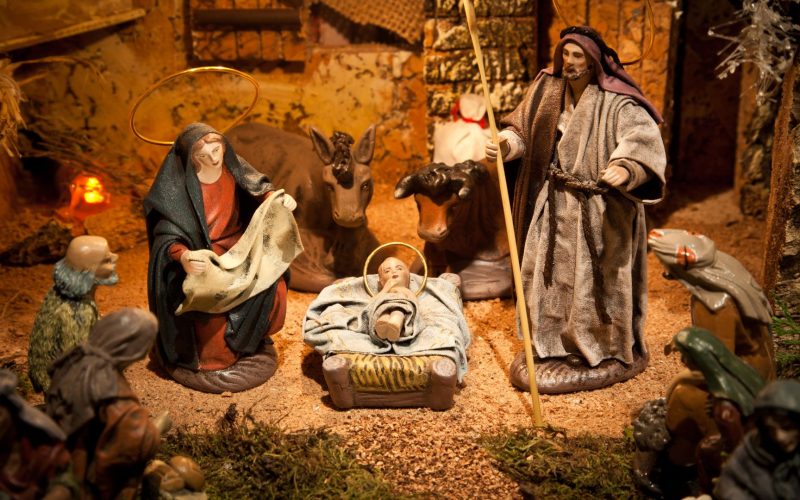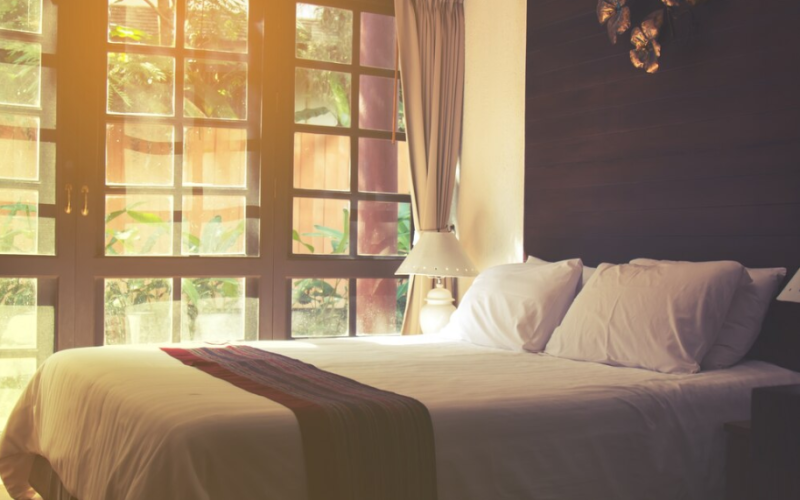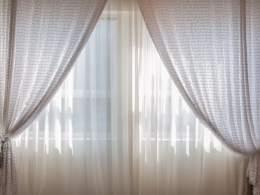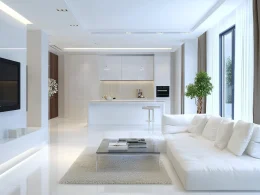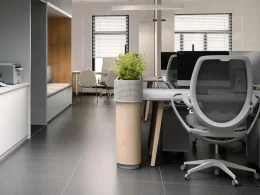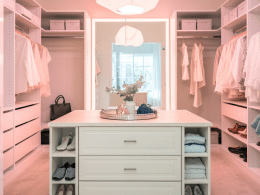Creating a captivating restaurant interior design is more than just selecting the right color palette and decor. It’s about crafting an experience that aligns with your brand, engages your customers, and enhances their dining experience.
From layout to lighting, every element plays a crucial role in making your restaurant a memorable destination. Whether you’re starting from scratch or looking to revamp your existing space, this guide will walk you through the essential aspects of restaurant interior design, providing you with practical tips and insights to create a space that stands out.
The Importance of Restaurant Interior Design
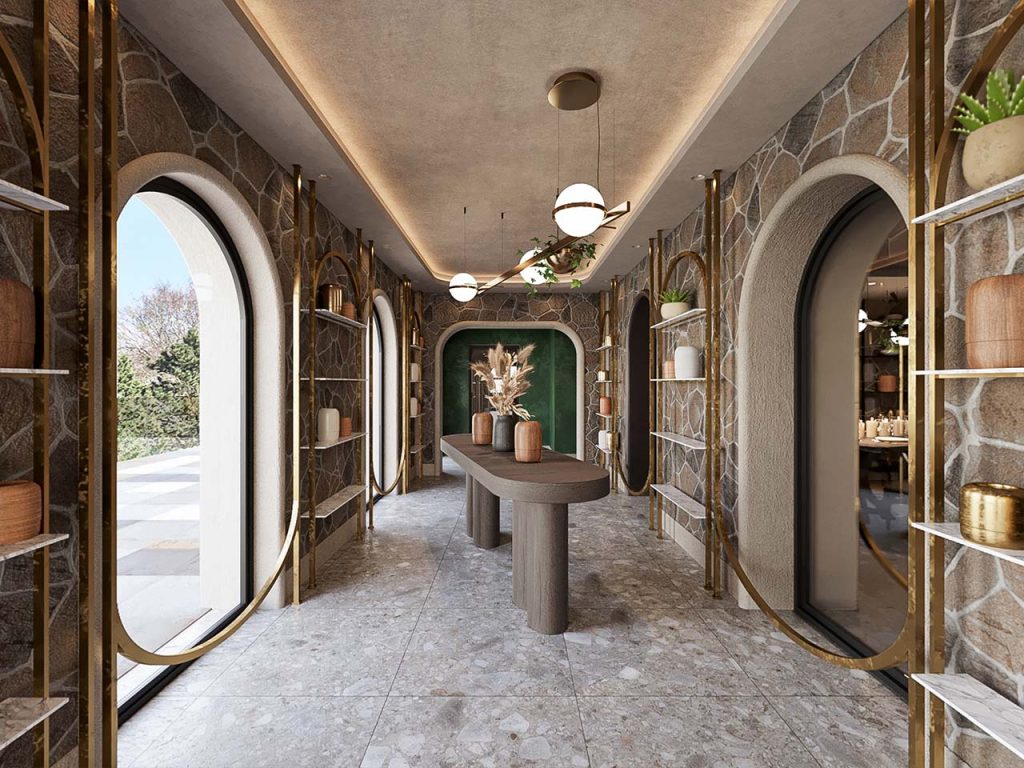
Setting the Right Ambiance
The ambiance of a restaurant significantly influences the dining experience. A well-designed interior can create a welcoming and comfortable environment that encourages customers to relax and enjoy their meal.
The choice of colors, lighting, and decor should reflect the theme of your restaurant and evoke the desired emotions in your patrons. For example, warm colors and dim lighting can create a cozy atmosphere ideal for romantic dinners, while bright colors and natural light are perfect for casual dining settings.
Enhancing Customer Experience
Good interior design goes beyond aesthetics; it also considers functionality and comfort. Restaurant chairs and tables should be chosen for their comfort and durability, ensuring that customers can enjoy their meals without any discomfort.
The layout should allow for smooth traffic flow, enabling staff to serve efficiently and customers to move around easily. Additionally, strategic placement of furniture can create intimate dining areas or open, communal spaces depending on your restaurant’s concept.
Key Elements of Restaurant Interior Design
Layout and Space Planning
The layout of your restaurant is the foundation of its design. It involves the strategic arrangement of furniture, fixtures, and equipment to maximize space and enhance functionality. When planning the layout, consider the following:
- Zoning: Divide your restaurant into different zones such as the dining area, bar, kitchen, and waiting area. This helps in organizing the space efficiently and ensures that each area serves its specific purpose.
- Flow: Ensure there is a clear path for both customers and staff to move around the restaurant without obstruction. This includes considering the placement of restaurant chairs and tables to allow for easy access and exit.
- Capacity: Determine the number of seats you can comfortably accommodate without compromising on customer comfort and service efficiency.
Lighting
Lighting is a crucial element in restaurant interior design as it sets the mood and highlights the decor. There are three types of lighting to consider:
- Ambient Lighting: Provides overall illumination and sets the general mood of the restaurant. This can be achieved through ceiling lights, chandeliers, or wall sconces.
- Task Lighting: Focuses on specific areas where tasks are performed, such as the kitchen or bar. This includes under-cabinet lights, pendant lights, and spotlights.
- Accent Lighting: Adds drama and highlights particular features of the restaurant, such as artwork, architectural details, or special displays. Examples include track lighting and decorative lamps.
Color Scheme and Decor
The color scheme and decor should align with your restaurant’s theme and brand identity. When choosing colors, consider the psychology of colors and how they influence customer behavior. For instance:
- Warm Colors: Red, orange, and yellow can stimulate appetite and create a lively atmosphere.
- Cool Colors: Blue, green, and purple can create a calm and relaxing environment.
- Neutral Colors: White, beige, and gray can provide a clean and sophisticated look.
Decor elements such as artwork, plants, and accessories should complement the overall design and add personality to the space. You should select the best restaurant chairs and tables, as they not only enhance comfort but also contribute significantly to the aesthetic appeal and functionality of your restaurant.
Furniture Selection
Selecting the right furniture is essential for both aesthetics and functionality. Restaurant chairs and tables should not only look good but also be comfortable and durable. When choosing furniture, consider the following:
- Material: Opt for materials that are easy to clean and maintain. For example, wooden furniture can add warmth and elegance, while metal furniture can provide a modern and industrial look.
- Comfort: Ensure that chairs have adequate cushioning and support, and tables are at a comfortable height for dining.
- Style: Choose furniture that complements the overall theme and decor of your restaurant. For instance, rustic furniture would suit a farmhouse-style restaurant, while sleek, minimalist furniture would be ideal for a modern, contemporary eatery.
Incorporating Commercial Interior Design Services
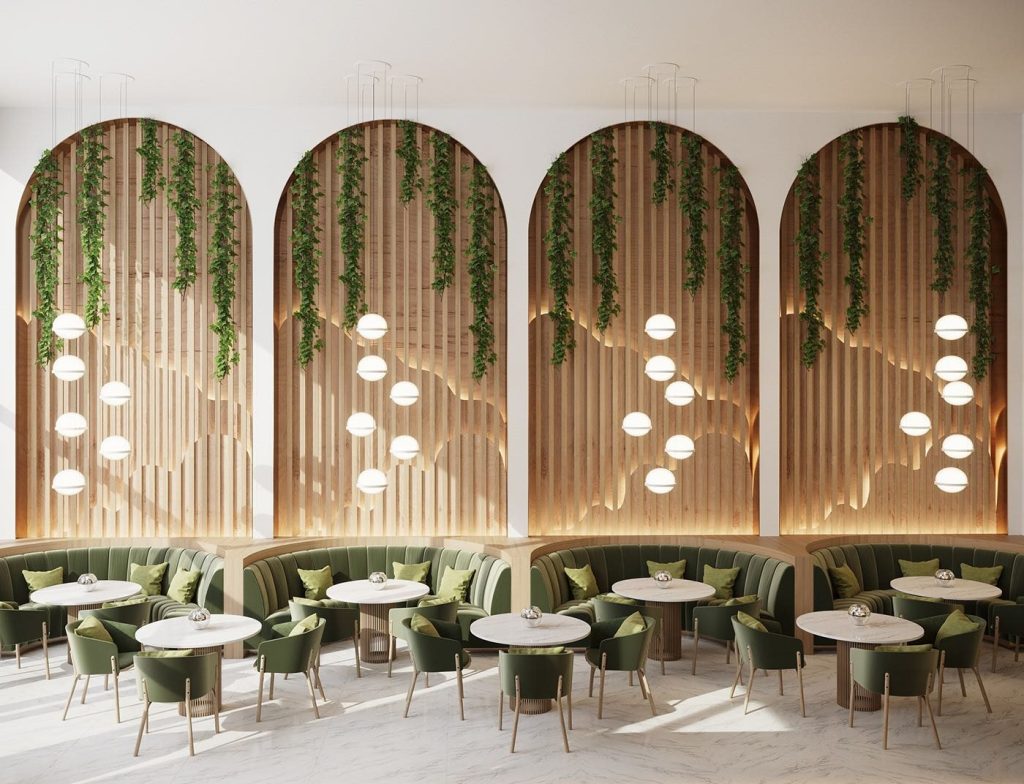
Benefits of Professional Design Services
Hiring commercial interior design services can provide numerous benefits, including:
- Expertise: Professional designers have the knowledge and experience to create a cohesive and functional design that aligns with your brand.
- Time-Saving: Designers can handle all aspects of the project, from concept to completion, allowing you to focus on other aspects of your business.
- Cost-Efficiency: While hiring a designer may seem like an added expense, it can save you money in the long run by preventing costly mistakes and ensuring that the project stays within budget.
Choosing the Right Design Service
When selecting a commercial interior design service, consider the following:
- Portfolio: Review the designer’s portfolio to ensure their style and experience align with your vision. Their previous work must reflect the quality and aesthetic you are aiming for in your project.
- References: Ask for references and speak to previous clients to gauge their satisfaction with the designer’s work. This feedback can provide valuable insights into the designer’s reliability and professionalism.
- Budget: Discuss your budget upfront and ensure that the designer can work within your financial constraints. Transparency about costs and expenses is crucial to avoid any misunderstandings later.
- Communication: Choose a designer who communicates effectively and understands your needs and preferences. Effective communication is key to ensuring that the final result meets your expectations and that the project progresses smoothly. Choosing commercial interior design services that emphasize strong client-designer communication will enhance the overall experience and outcome.
The Role of Technology in Restaurant Design

3D Rendering and Virtual Tours
Advancements in technology have revolutionized the way restaurant interior design is planned and executed. 3D rendering and virtual tours allow you to visualize the design before it’s implemented, providing a realistic preview of the final result. This can help in making informed decisions and ensuring that the design meets your expectations.
Smart Solutions
Incorporating smart solutions into your restaurant design can enhance the overall experience for both customers and staff. This includes:
- Automated Lighting: Smart lighting systems that adjust the intensity and color based on the time of day or ambiance.
- Digital Menus: Interactive digital menus that can be updated easily and provide a unique dining experience.
- POS Systems: Integrated point-of-sale systems that streamline operations and improve efficiency.
Conclusion
Restaurant interior design is a multifaceted process that requires careful planning and execution. By understanding your brand and audience, efficiently utilizing space, and choosing the right furniture and decor, you can create a dining environment that delights your customers and enhances their experience.
Investing in professional commercial interior design services can provide the expertise and creativity needed to bring your vision to life. Ultimately, a well-designed restaurant not only attracts more customers but also creates a memorable experience that keeps them coming back.





